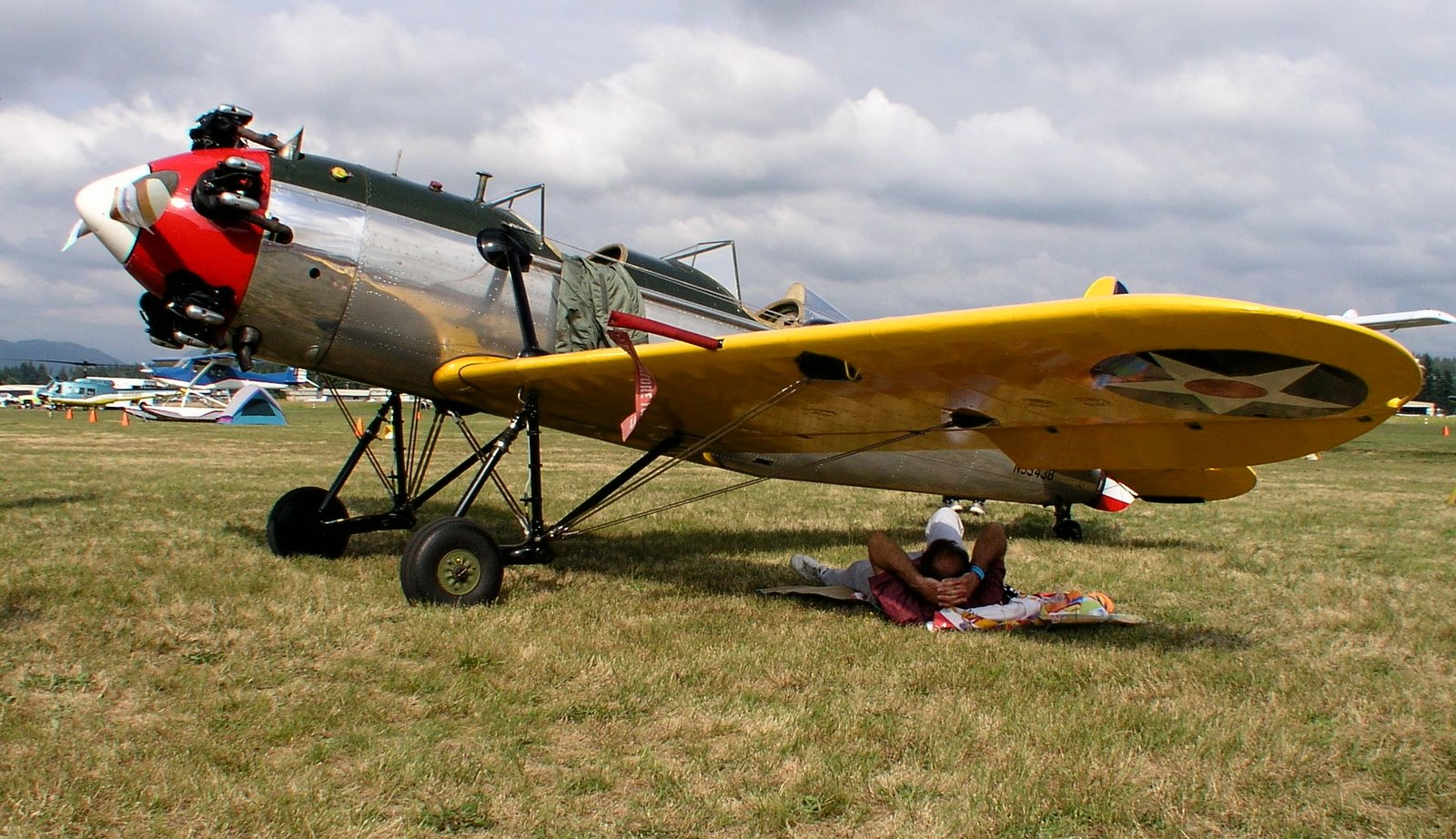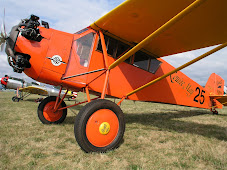Like most student pilots I was shown how to perform a pre-flight by my first instructor. For the first few hours I performed each pre-flight in a cautious and exacting manner-then it became rather ho-hum and sloth took over. Luckily, I started working after school and on week ends as a mechanics helper/gas boy/broom pusher at the airport for a mechanic/flight instructor named Dale Grenniger. Under Dale’s sometimes strict guidance I finally learned the importance of a pre-flight.
This was 1957, when there were four grades of aviation fuel, 80/87 (red), 91/96 (green), 100/110 (blue) and 115/145 (purple). Man, did that 115/145 smell goooood. Through the hanger doors were rolled some very unique airplanes for our service. Sure there were “modern” aircraft by Cessna, Piper, Mooney or Beech, but now and then came a Model 17 Staggerwing, a Stearman or N-3-N used for aerial application, the big single engine Fokker with a corrugated fuselage out of the Idaho wilderness, a Gull-Wing Stinson or Fairchild 24 and a sexy corporate A26. None of these airplanes were polished like you see at Oshkosh today. These were working airplanes and each had their “hiccups”.
We saw things hay-wired or doped together that you would not believe. Exhaust stack supports that had long ago rotted and broken away leaving the stack held by wire or in one case allowed to bend with the relative wind. Once we started an annual inspection on a crop duster but Dale called it off. He had placed his pliers on the top wing for a moment when we heard the tool hit the floor. Thinking it had slid off the wing I went down the ladder to retrieve it and looked up to see a hole punched through both wings. The fabric was so rotten, only fading paint held the brittle cloth fibers’ together.
Usually it is the professional pilots that are the least casual about pre-flights. You learn that to survive one must be wary. During one of my furloughs, I was asked to deliver a light twin from Florida to New Mexico. But when I got to the airplane there was no pilot seat, only three wooden Coca-Cola cases. The owner said the pilot seat had been stolen but it was OK to fly the airplane because the crates were stable. He was very unhappy when I said no. Later I learned the bank was in the process of repossessing the plane and had sent someone to take the seat in hopes it would ground the airplane until a repo-man could fly her away.
Another time I was asked to fly a Cessna 170B from a farmer’s strip to the city to be sold. During the pre-flight I found the control lock was nothing but 16-penny nail-simply bent to fit. The nail was such a loose fit and the hole in the control column so out of round one could almost fool one’s self into believing there was full control movement-unless you looked closely enough to pull out the nail. The owner had flown the Cessna almost daily from his farm strip to town until the day he died in a car wreck. His wife called the 170 ‘his truck’ and that’s exactly what it looked like. Dirt and grit caked everything. The engine oil looked like Oklahoma crude and one fuel tank was a quarter full of water. The flap track assembly was so worn from use and lack of service the manual flaps would not lock in the up position. The pilot’s seat rails were so worn the owner had drilled a hole through the rail and then into the fuselage after which he stuck a screwdriver into the new hole to keep his seat from sliding backward. I passed on that one too.
One time in the Caribbean a friend complained that he could not raise the gear and had flown 300 miles to the maintenance base in San Juan with it stuck down. When we inspected the airplane, I found a very rusty “C” clamp used as an unapproved gear pin. It was placed well up in a dark, oily wheel-well where it was hard to see and had no markings or flags.
There are countless examples makeshift items such as masking tape holding circuit breakers in place or a wadded up aluminum gum wrapper used in the place of a fuse. The airplane you fly may be of a new design with the nicely engineered and organized layouts common to TAA aircraft. Yet, be it new or old there is never any reason for not doing a through pre-flight. You never know what you may discover and if anything can go wrong, it will go wrong in the air; just when you don’t need the aggravation. I guarantee it.


No comments:
Post a Comment